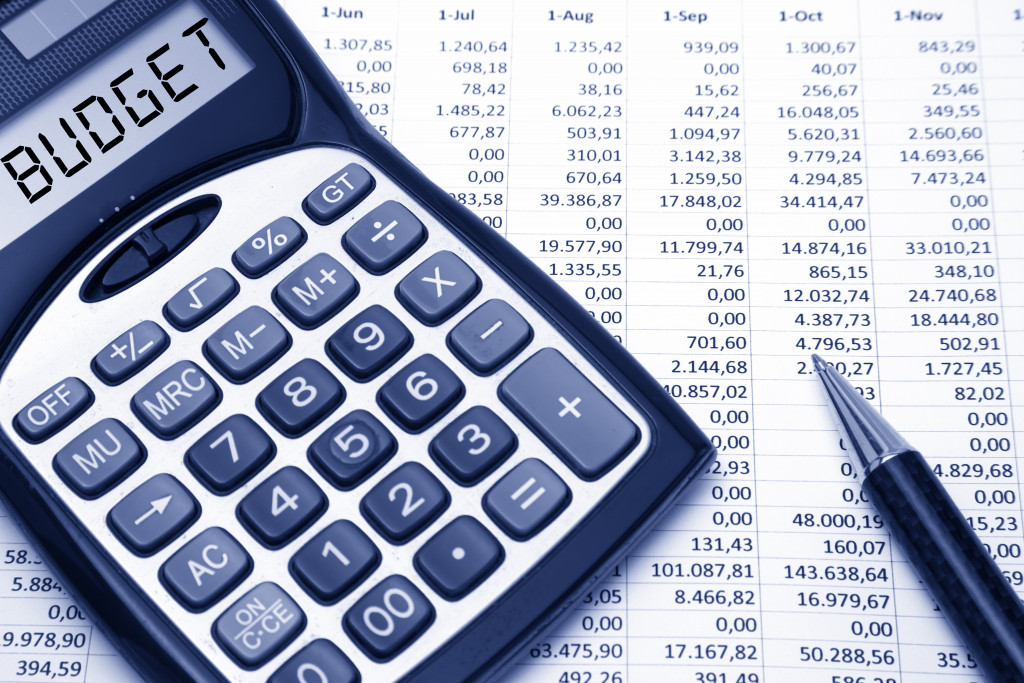- A budget is crucial for a business owner to understand cash flow, control spending, and ensure enough money for operations.
- Determine business goals and objectives, such as expanding the product line or launching new marketing campaigns, to prioritize spending.
- Tracking expenses with financial calculators help identify areas to cut back and invest in while estimating revenue creates a realistic budget.
- Financial boundaries should be set with a contingency fund for unexpected expenses or emergencies.
As a business owner, setting up an effective budget is crucial for the success of your company. Creating a budget can help you understand your cash flow and expenses, control your spending, and ensure that you have enough money to cover all your business operations. Here are some steps you need to take to create an effective budget.
Determine Business Goals & Objectives:
The first step in creating a budget is to identify your business goals and objectives. You need to know where you want your business to be in the next few years and what you need to achieve to get there. Having clear goals will help you prioritize your spending and allocate resources effectively. Here are some things to plan for:
Expanding Your Product Line
Expanding your product line is an essential step to growing your business. However, it also brings added expenses that need to be considered in your budget.
Research the costs of developing and launching new products and factor in any additional marketing or advertising expenses. Determine the potential revenue and ROI (Return on Investment) for each product to see if the investment is worth it.
New Marketing Campaigns
Creating and launching a new marketing campaign is another way to expand your business. The potential costs of running campaigns include advertising costs, materials, and labor. Estimate the expected ROI for each campaign before allocating budget money.
Hiring Additional Staff
Hiring additional staff is necessary to meet the demands of a growing business. However, hiring and training employees also involve wages, taxes, and benefits. Consider the value each employee will bring to your company before committing to any expenses.
Trying New Niches
If you’re looking to expand your business, trying out new niches could bring more customers. This means you’ll need to research the competition, analyze consumer trends, and develop a strategy. Allocate budget money to cover any costs associated with trying out new niches.

Track Your Expenses:
It’s important to track your expenses to understand how much money you are spending on your business. You can use accounting software or spreadsheets to organize your expenses, categorize them, and calculate your total spending.
Fortunately, there are now accurate bank financial calculators that can help you understand your cash flow, track expenses, and stay on top of your budget. These tools will give you an overview of where your money is going and help you make informed decisions about spending.
Tracking your expenses will help you see where you can cut back and identify areas where you can invest more resources. You can use financial reports and metrics to track your progress, measure your success, and make data-driven decisions.
Estimate Your Revenue:
To create a realistic budget, you need to estimate your revenue. This includes all the incoming cash from your business operations, such as sales, payments, and investments.
Based on your previous financial statements and market trends, you can project your revenue for the next year or quarter to get an accurate picture of your income. For instance, if you know that the demand for your product is increasing, you can estimate a higher revenue.
On the other hand, if the market is slowing down, you may want to adjust your budget accordingly. Knowing how much money you can expect to make will help you plan for future expenses and investments.

Set Financial Boundaries:
Once you have a clear understanding of your expenses and revenue, you can set financial boundaries. This means creating a budget that outlines how much money you will spend on each category, such as salaries, rent, marketing, and taxes.
You should also set aside a contingency fund for unexpected expenses or emergencies. This should amount to at least 10% of your total budget.
Having a contingency fund will ensure that you have enough money to cover any unplanned expenses without compromising other areas of your budget. It also means that you can afford to invest in opportunities that could bring more money to your business.
Creating an effective budget for your business is a process that requires time, effort, and attention. By following these steps, you can set up a budget that reflects your business goals, controls your spending, and ensures a healthy cash flow. Remember to review and monitor your budget regularly to make adjustments, adapt to changes, and achieve your business objectives. With a well-organized and accurate budget, you can make informed decisions, avoid financial stress, and achieve success for your business.




